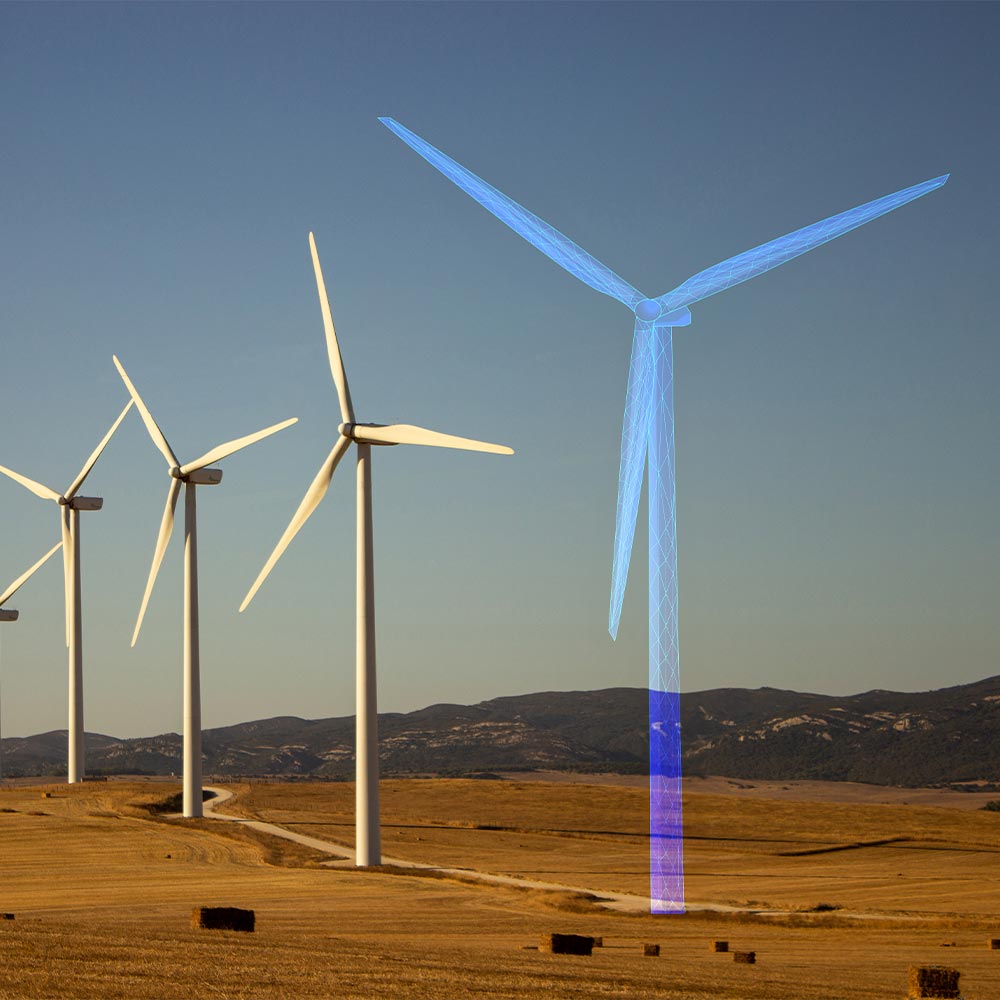WiFi everywhere with Google Loon
Helium balloons are carrying WiFi connectivity to developing regions lacking network infrastructure
A parallel reality is helping us better understand and manage our own: digital twins. Discover what they are and how they are revolutionising diverse fields.
We live in an era where the boundaries between the digital and physical worlds are increasingly blurred. Technologies like augmented reality have already demonstrated their potential in sectors such as construction and water management, but one of the most transformative innovations in this space is digital twins. This technology is becoming an everyday tool in the renewable energy sector, providing deeper insights into real-world processes and, in some cases, enabling direct intervention. Read on to learn more about digital twins and explore their real-world applications.
In this article you will learn:
A digital twin is a virtual replica of a physical object, system, or process that continuously updates with real-world data. Unlike static models, digital twins evolve over time, offering an accurate, dynamic representation of reality.
For instance, MIT’s Tree-D Fusion technology creates a digital twin of a city's tree population, updating as trees grow or die. This principle extends across industries, from wind farms to entire cities, with almost limitless accuracy.
Key characteristics of digital twins include:

Digital twins combine multiple technologies to achieve these results. Primarily, they require sensors to link them to the real world, but also AI software and 3D rendering among others.
Companies across industries are already leveraging digital twins to drive efficiency and innovation. Some of the main benefits include:
Digital twins are already reshaping various sectors. Here are some notable applications:
Digital twins are no longer a futuristic concept—they are actively shaping industries such as healthcare, energy, and urban development. Their ability to optimise processes, reduce costs, and enhance data-driven decision-making makes them indispensable for operational efficiency.
As artificial intelligence, IoT, and cloud computing continue to advance, digital twins will become even more sophisticated, evolving towards autonomous, self-learning models that adapt in real time.
In the coming years, their adoption will expand into sectors like agriculture, retail, and logistics, further improving resource efficiency and reducing environmental impact. In an increasingly digitised world, digital twins will not just be a competitive advantage—they will be a cornerstone of a more efficient and sustainable future.
Sources:
All fields are mandatory.
Read the most discussed articles
{{CommentsCount}} Comments
Currently no one has commented on the news.
Be the first to leave a comment.
{{firstLevelComment.Name}}
{{firstLevelComment.DaysAgo}} days ago
{{firstLevelComment.Text}}
Answer{{secondLevelComment.Name}}
{{secondLevelComment.DaysAgo}} days ago
{{secondLevelComment.Text}}